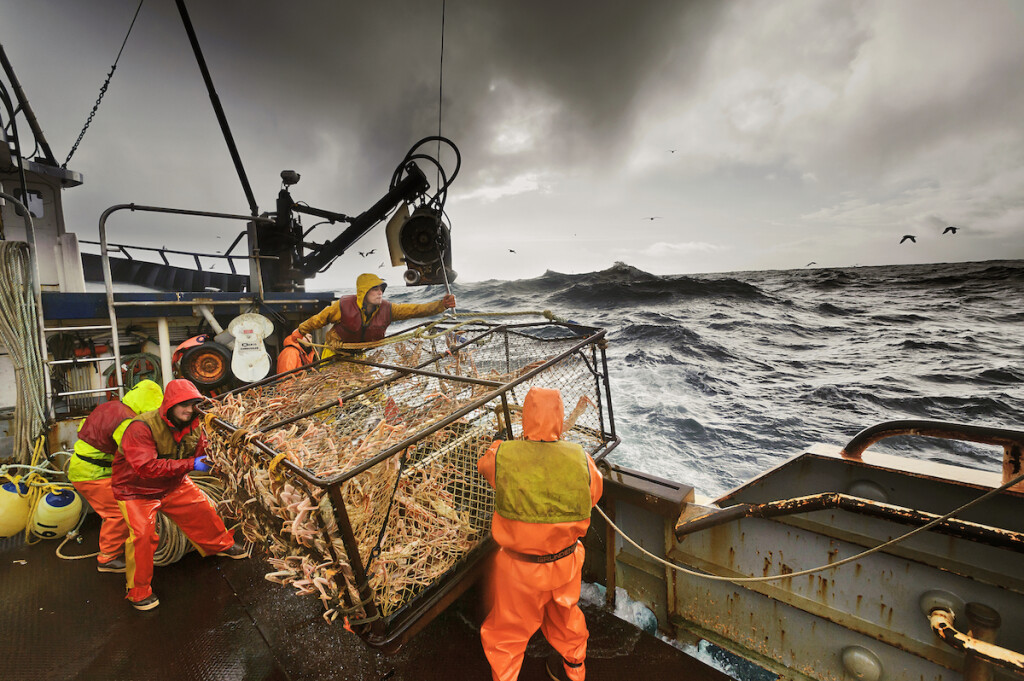Alaska’s red king crabbers were hopeful of having a season for 2021-22, and with trawl survey information becoming available in September, the fleet was expecting an announcement about a potential season and the size of the TAC this month.
Last year the fleet fished on a TAC of 2.6 million pounds, and crabbers fished on a TAC of just 3.8 million pounds in the Bering Sea during the 2019-20 season. Low biomass brought king crab closures to the Bering Sea king during the 1983, 1994 and 1995 seasons. The most recent decline in the TACs began with a TAC of around 20 million pounds for the 2008-09 season, and the TACs have fallen precipitously since then.
“We ended up having a small season,” says Miranda Westphal, the Alaska Department of Fish and Game’s Bering Sea and Aleutian Islands area management biologist, in Dutch Harbor. “The numbers have been declining for a long time.”
The biomass threshold to open the fishery remains at 14.5 million pounds of crab as determined by extrapolation of trawl surveys and other harvest-derived information. Of that biomass, ADF&G needs to see a population of 8.4 million mature females. In recent years the biomass has seen a precipitous drop. A puzzling development among biologists in recent years has been that the average size of harvestable males has increased to more than 7 pounds, which launches the theory that crabbers are fishing on the last of an abundant age class. This year, however, the average weight of the males dropped slightly, according to Westphal.
“Every year it’s been going up and up, but last year it dropped. We’re not sure exactly what that means,” says Westphal.
During last year’s season the pandemic challenged the industry with a lack of trawl surveys, but Westphal says she and her team were able to extrapolate data from observer reports and other resources to keep red king crab and other crab fisheries running through the year.
“Like the rest of the world, we had to innovate because of covid,” she says. “We still kept up with our catch sampling, and we were able to prosecute all of the fisheries.”
Ex-vessel prices last year averaged $9.10 per pound. The 2019-2020 ex-vessel prices averaged $9.12 per pound, which is the highest on record, according to ADF&G data in Dutch Harbor.







